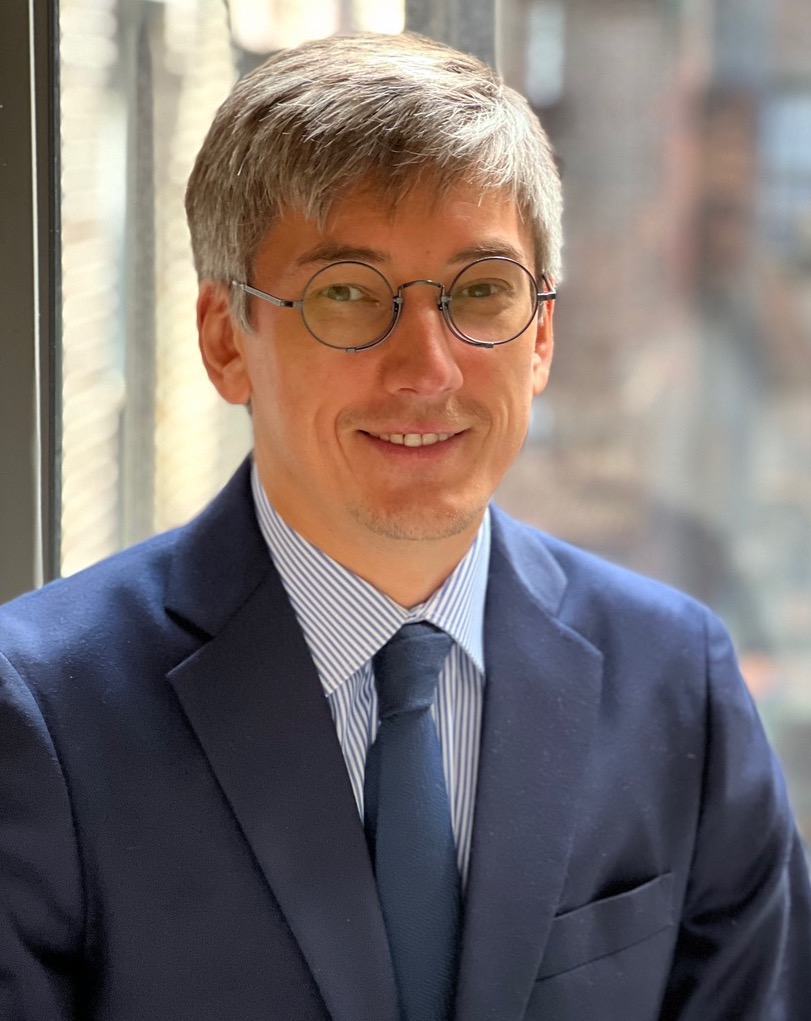
Pavlo Smytsnyuk is a Mary Seeger O’Boyle Associate Research Scholar at Princeton University.
Cardinal Zuppi’s Mission
On 18 July 2023, U.S. President Joseph R. Biden met with the Pope’s special envoy, Cardinal Matteo Maria Zuppi, once again shining a spotlight on the Holy See’s peace efforts in the war in Ukraine. The meeting follows Zuppi’s encounters with President Volodymyr Zelensky in Kyiv and with two senior officials in Moscow earlier this summer. Commentators now predict that Zuppi will make a similar voyage to Beijing.
Although Zuppi’s mission has yet to produce tangible results, the way in which these meetings were presented marks an important change in how the Holy See understands its role in the Russo-Ukrainian war. While in the year following the Russian full-scale invasion in Ukraine the Holy See consistently offered itself as a mediator between the parties to the conflict and even detailed a tentative peace plan, the exclusively humanitarian focus of Zuppi’s mission manifests a clear lowering of expectations on the part of the papacy as to what its diplomacy can achieve. In fact, the cardinal was sent to Ukraine to “listen” to Ukrainian authorities.
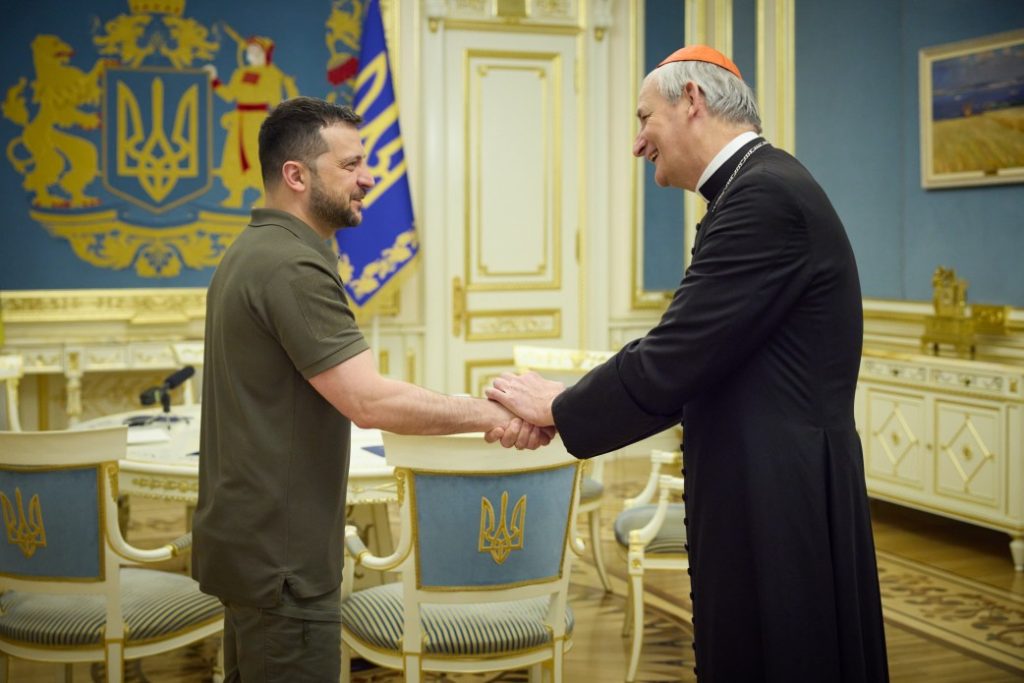
Similarly, the agendas of his Washington and Moscow meetings were related to humanitarian issues, in particular to the question of deported Ukrainian children. This focus on concrete humanitarian challenges represents a realistic corrective to Pope Francis’s earlier declared aspirations to play a leading role in conflict resolution (to which both countries expressed their skepticism). This change symbolizes the Vatican’s commitment to creating conditions that would enable the end to the war, as well as its ability to adapt, learn from its own mistakes, and lower its initially inflated expectations.
Many observers criticized the Holy See’s first reactions and stances on the war in Ukraine as ambiguous—for its failure to clearly name Russia and its leadership as the aggressors—as well as its inconsistent position on Ukraine’s rights to defend itself militarily. Pope Francis’s words on “NATO barking at Russia’s doors” and his description of the war as a battle of imperialisms has made it even more difficult to understand where the Vatican truly stands on this war. In my view, there are three key lenses through which the Holy See’s position on the Russo-Ukrainian war can be usefully conceptualized.
The Catholic Approach to War and Peace
The first lens through which to analyze the Holy See’s position relates to the evolution of the general Catholic approach to war and peace. In the past, the Catholic Church typically followed the doctrine of just war, elaborated on by Cicero, Augustine of Hippo, Thomas Aquinas, and Francisco Suárez, according to which, under certain conditions, war can be morally acceptable, especially if it is a defensive war. Over the last decades, however, Catholic thought has shifted toward a much more restricted application of just war theory. Pope John XXIII’s encyclical letter Pacem in terris, which was promulgated 60 years ago in 1963 in the aftermath of the Cuban missile crisis, expressed a certain skepticism toward the viability of military solutions to restore justice in the nuclear age. Pope Francis’s Fratelli tutti takes this a step further, challenging the concept of just war altogether, even when invoked for humanitarian or defensive purposes. Francis’s 2017 Message for the World Day of Peace, titled Nonviolence: A Style of Politics for Peace, encourages the pursuit of politics of “active nonviolence” and echoes many arguments invoked by pacifists.
These developments have created a tension, if not fissure, within Catholic social ethics between legitimate self-defense and non-violence. In fact, according to just war thinking, Ukraine has a right and obligation to engage in self-defense, which includes the use of arms and the mobilization of its population. However, if one follows a non-violent approach, then on the contrary, a recourse to arms, even for defensive purposes, is morally dubious. The difficulty in reconciling these two approaches creates an impression of incongruity within the Holy See regarding the war in Ukraine.
The Vatican’s Neutrality
The second aspect to analyze relates to the Vatican’s general position of neutrality. Theologically, the papacy interprets its mission as embracing all nations. Etymologically, catholic (from the Greek kath’olou, meaning “according to the whole”) implies universality. So one could argue that the Vatican’s universal mission entails being impartial. This impartiality was expressed legally in Article 24 of the 1929 Lateran Treaty, with returned sovereignty to the Holy See over the Vatican. The treaty declared the Holy See to be “neutral,” extraneous to all temporal disputes between States or international bodies, but allowed it to practice international mediation when solicited by the contending parties. Quite similar language has been used more recently in the 1993 Fundamental Agreement Between the Holy See and the State of Israel, which proclaimed that the former “is solemnly committed to remaining a stranger to all merely temporal conflicts.”
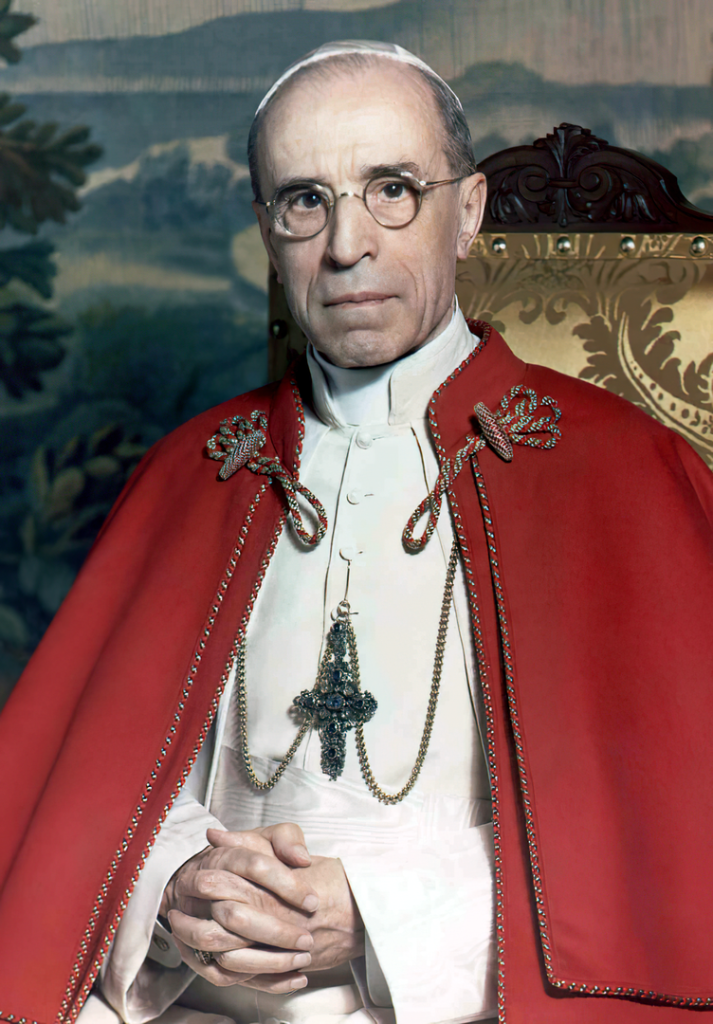
The neutrality principle was followed by the Vatican in both world wars, while during the Cold War its relative alignment with the West was counterbalanced by its Ostpolitik—a dialogue with the socialist block and the Orthodox churches. While Benedict XV’s impartiality from 1914 to 1918 has been retrospectively celebrated as the correct approach, the Vatican’s stance during World War II and the Cold War have not. In fact, Pius XII’s failure to explicitly condemn the exterminations of Jews has earned him the (probably not entirely deserved) title of “Hitler’s Pope.” Similarly, Paul VI’s policy of compromises with the governments of the Warsaw Pact countries, later rebuked by John Paul II, provoked criticism, especially within the persecuted Christian communities of Eastern Europe.
After the election of Pope Francis, the Holy See has characterized its stance in the face of conflicts as a “positive neutrality,” which signifies an active engagement in order to prevent and to solve conflicts. As the first Pope from Latin America (with its love-hate relationship with the United States), Francis articulates the Vatican’s neutrality differently than did his European predecessors: Francis is de-centering the West and promoting a vision of a multi-polar world, where countries such as China and Russia are seen as a counterbalance to NATO and the West. The Pope’s understanding of the war in Ukraine as a fight of competing imperialisms is grounded, to a large extent, on these premises. While such a reading seems to be consonant with the Kremlin’s rhetoric, which describes its invasion of Ukraine as a war with the West, Ukrainians are suspicious of such an approach, since it deprives them of their agency and creates the impression of equating and relativizing the victim and the aggressor.
The Dual Nature of the Papacy
The third issue relates to the papacy’s “dual nature” as simultaneously a spiritual and political entity. The Holy See is a branch of the Catholic Church and is run predominantly by people in holy orders who have expertise in theology and (often) canon law. Pope Francis’s career was that of a pastor: he was formerly a Jesuit priest who became a bishop and then cardinal in Buenos Aires. He sees the mission of the Church as being primarily spiritual: preaching the gospel of peace, “heal[ing] wounds and warm[ing] the hearts of the faithful.” Seen from this perspective, the Holy See aspires to be a prophetic moral voice promoting the “utopia of good.”
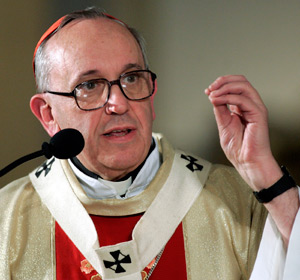
At the same time, the Holy See has a political persona: it is the subject of international law, with a sovereign state (The Vatican City State) at its disposal. It is a member of various treaties and international organizations and has diplomatic relations with more than 180 countries. The Vatican uses diplomacy to protect Catholics worldwide, to promote values that it deems important (for example, promoting de-militarization), and to foster dialogue and tolerance between cultures and religions. In this capacity, the Holy See recognizes (or does not recognize) new states; constructs informal alliances and privileged partnerships with countries; pronounces judgments (or withholds them) on conflicts, situations of religious freedom, and other human rights issues in different regions; and meets (or avoids meeting) political leaders. In other words, the Vatican acts politically in a broad sense of the term.
The spiritual and political dimensions of the Holy See, the genres of prophecy and Realpolitik, at times seem to find themselves in tension. It is difficult to decipher whether at any given moment Pope Francis speaks as a state leader or as a pastor, whether his pacifist-leaning statements are part of a coherent and well-thought-out theory of conflict resolution or are a prophetic cry against warfare.
Three Perspectives and the Russo-Ukraine War
Cardinal Zuppi’s humanitarian mission exemplifies the three perspectives delineated above. His work is presented as an attempt to construct conditions for peace and avoids dealing with strictly military issues. Zuppi’s personal background of membership in the Sant’Egidio Community and his suggestion that a partial loss of sovereignty is preferable to war indicate that in the debate between legitimate defense advocates and non-violence campaigners, he stands with the latter. However, nowhere in the official communiqués of Zuppi’s visits does one find a deliberation on the morality of the war and legitimacy of self-defense. Even a statement criticizing the U.S. decision to provide cluster munitions to Ukraine (which coincided with Zuppi’s visit to Washington) came from the U.S. Conference of Catholic Bishops and not from Zuppi himself or an institution that can speak in the name of the Holy See.
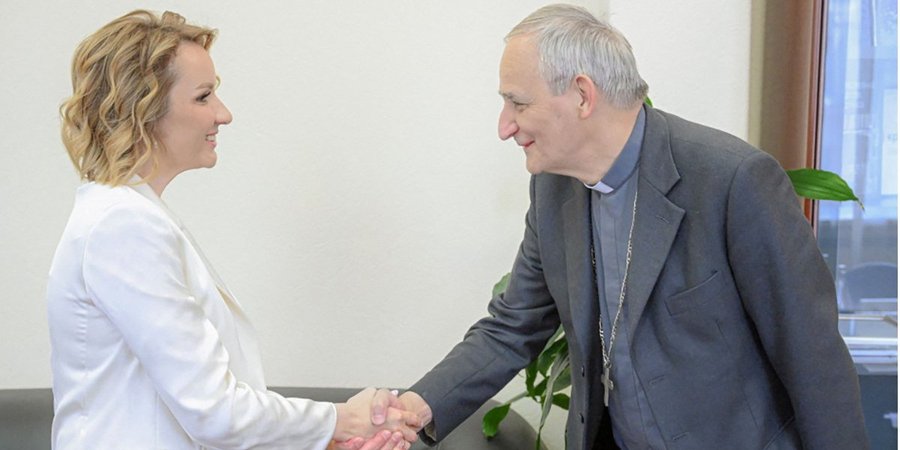
Zuppi’s mission is indicative of the Vatican’s neutrality and multi-polarity regarding the war in Ukraine: openness to dialogue with both parties of the military conflict (Ukraine and Russia) and to those who may play a role in bringing the conflict to an end (the United States and potentially China). The Cardinal’s meeting with Russia’s commissioner for children’s rights, Maria Lvova-Belova, against whom the International Criminal Court issued an arrest warrant for her leading role in deporting Ukrainian children, has been criticized as the Holy See legitimizing war criminals. This harkens back to Pius XI’s remark that the Pope can talk with the devil himself in order to save people.
Finally, Zuppi’s mission demonstrates the Holy See’s fundamental tension between its political and spiritual dimensions. Zuppi is formally not part of the Vatican diplomatic service; he is a pastor of the diocese of Bologna and president of the Italian Bishops. The Pope’s choice of him for its mission, rather than somebody on its direct payroll (as was the case on the eve of the war in Iraq, when two distinguished Vatican diplomats, Roger Etchegaray and Pio Laghi, were sent to meet Saddam Hussein and George W. Bush, respectively), might not relate solely to Zuppi’s well-established peace-building reputation but also to the desire to highlight the mission’s spiritual and not strictly diplomatic nature. However, the Vatican’s reluctance to “name names” of those responsible for war crimes jeopardizes the Church’s moral high ground for the sake of political pragmatism.
